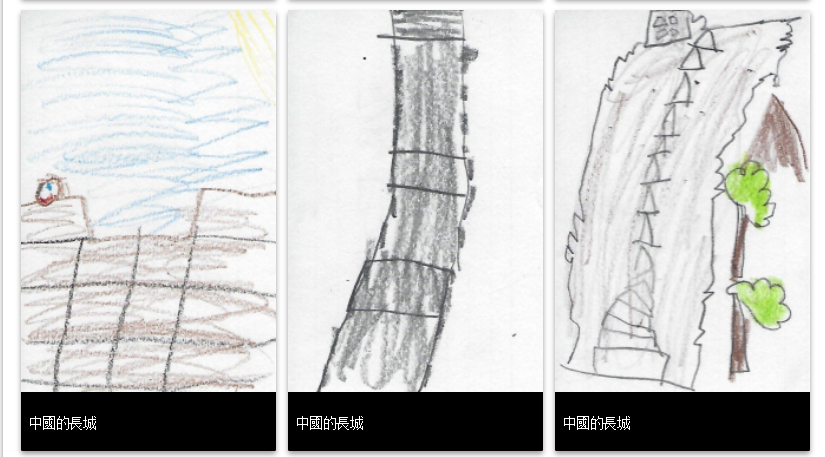Submitted by: Becky Acors, Jessica Fisher, Donna Loving, Betsy Mock, Julie Willoughby
Collaborators: Deanna Pollard, Jessica DelMonte, Heather Gammon
School: Mehfoud Elementary School
Summary
This lesson focused on learning about each of the Famous Americans through conducting research. Using 2.11 Social Studies SOL: “The student will identify George Washington, Abraham Lincoln, Susan B. Anthony, Helen Keller, Jackie Robinson, and Martin Luther King, Jr. as Americans whose contributions improved the lives of other Americans” the students were designated to a specific Famous American that they needed to begin learning about through computer and book research. Using library times and class stations, students and their group partners recorded information about their famous American using an open-ended teacher generated organizer. After research was complete, students worked on brainstorming and developing a technical way of showing what they learned about their Famous American. As a class we brainstormed different ways to use technology to create a product incorporating all the information and research we had generated. After students decided as a group how they were going to show what they had learned, they began working on gathering materials for their presentations. Students worked together on creating backgrounds and stick puppets (when necessary) as well as using computer programs such as Pixie, Keynote, Photo Booth, and Garage Band. The students worked for several days on typing, illustrating, troubleshooting, and rehearsing their presentations. After the students rehearsed and made final touches to their presentations, families and other staff came to view their final products.
TIPC Ratings
Developing: Students were provided direct instruction in research methods and directed to resources with which to research their famous Americans. The reasoning for limiting some resources was to meet the needs of struggling readers. Students also responded to prompts to gather information. These structures were also necessary to assist students in maintaining purposeful focus.
Developing: Students worked in teacher-selected groups and used digital tools to collaborate. Elements at the Approaching level include: groups defined their own roles, students worked collaboratively without direct supervision, and the task was authentic.
Developing: Students applied digital tools to think critically, solve problems, and elaborated when prompted. Elements at the Approaching level include: tool choice for final presentations, troubleshooting technical difficulties, and reflection/revision of final product.
Approaching: Students created meaningful, original works to solve an authentic task. Students were required to synthesize research, communicate/collaborate, and apply critical thinking skills to address an authentic task.
Student Artifact
Abraham Lincoln from Julie Willoughby on Vimeo.





